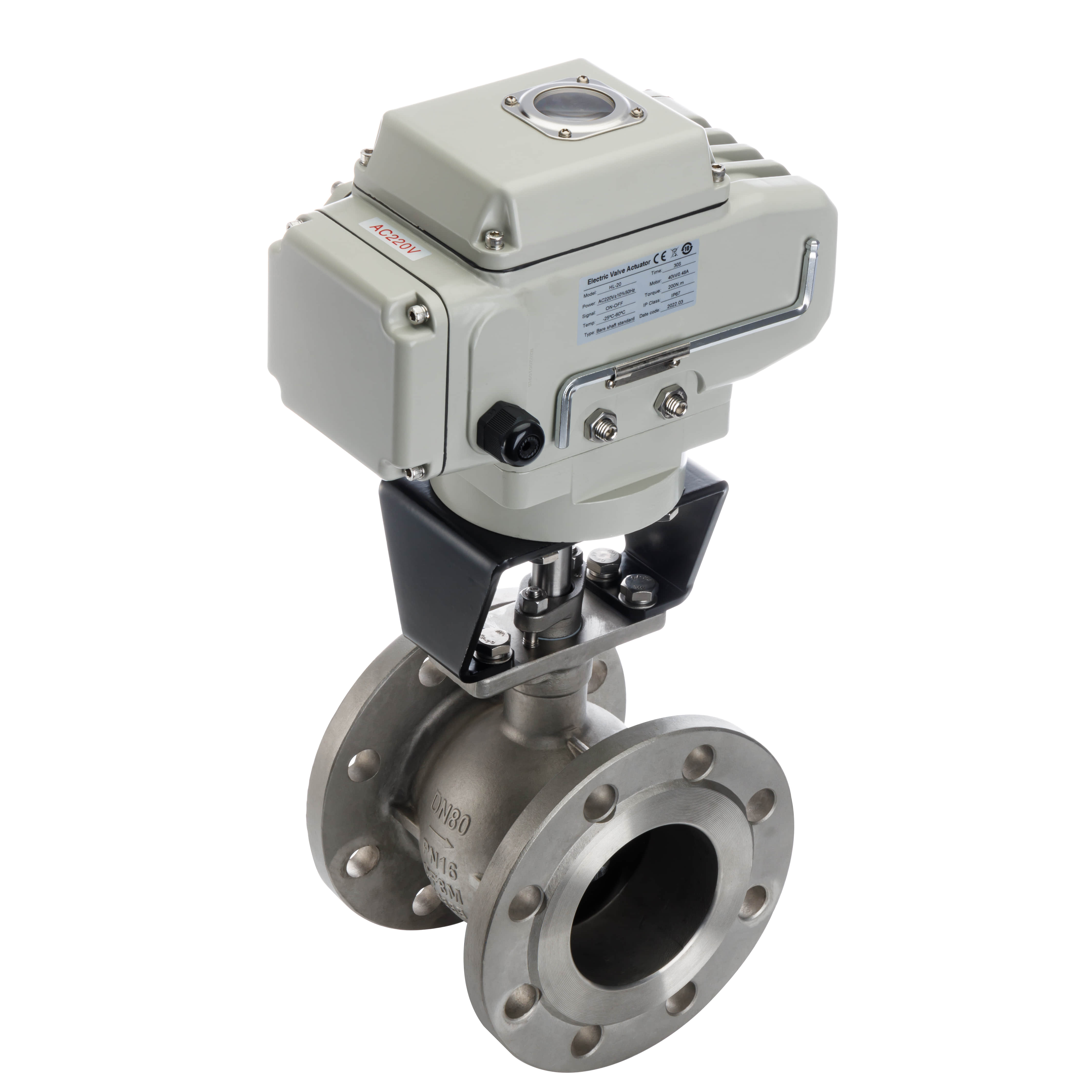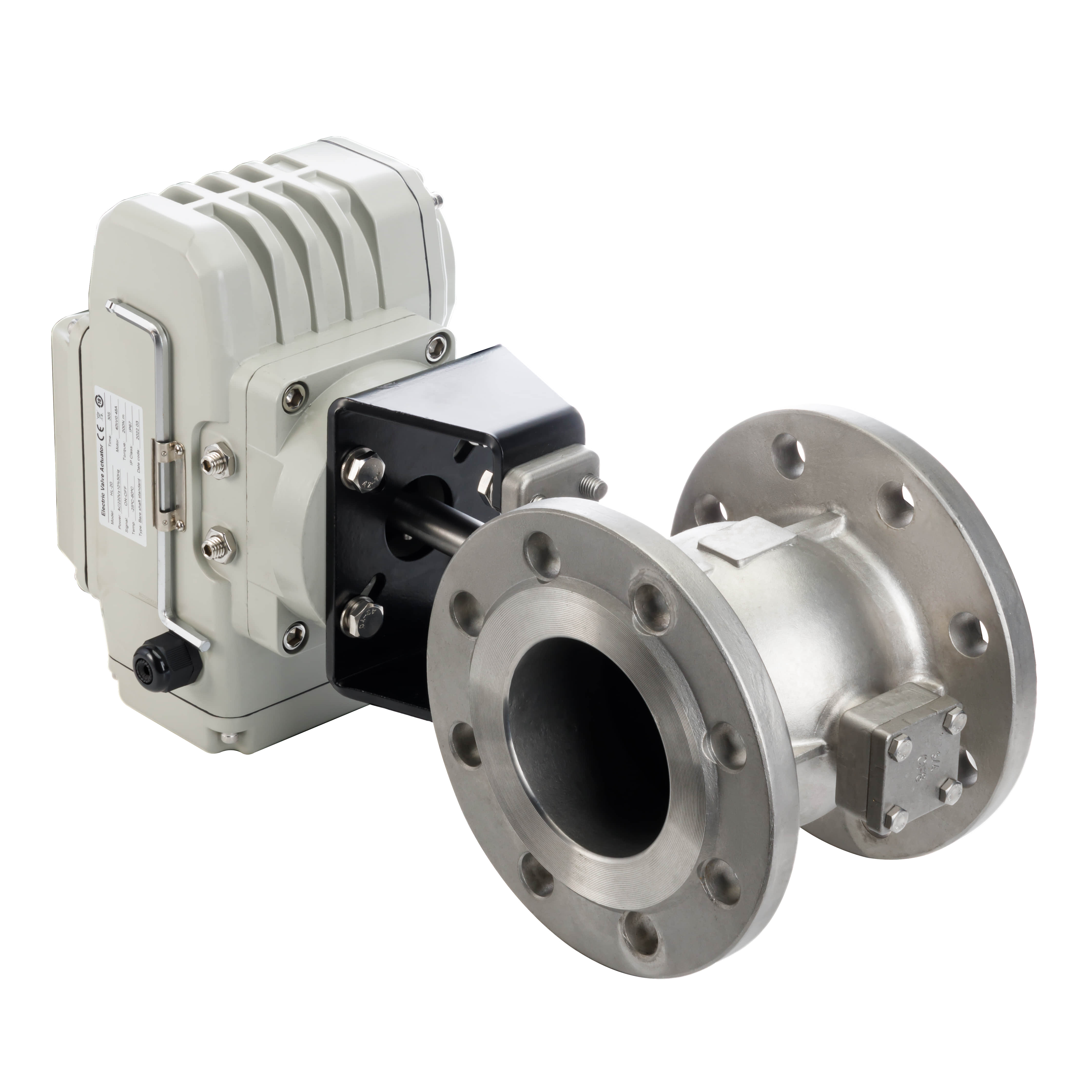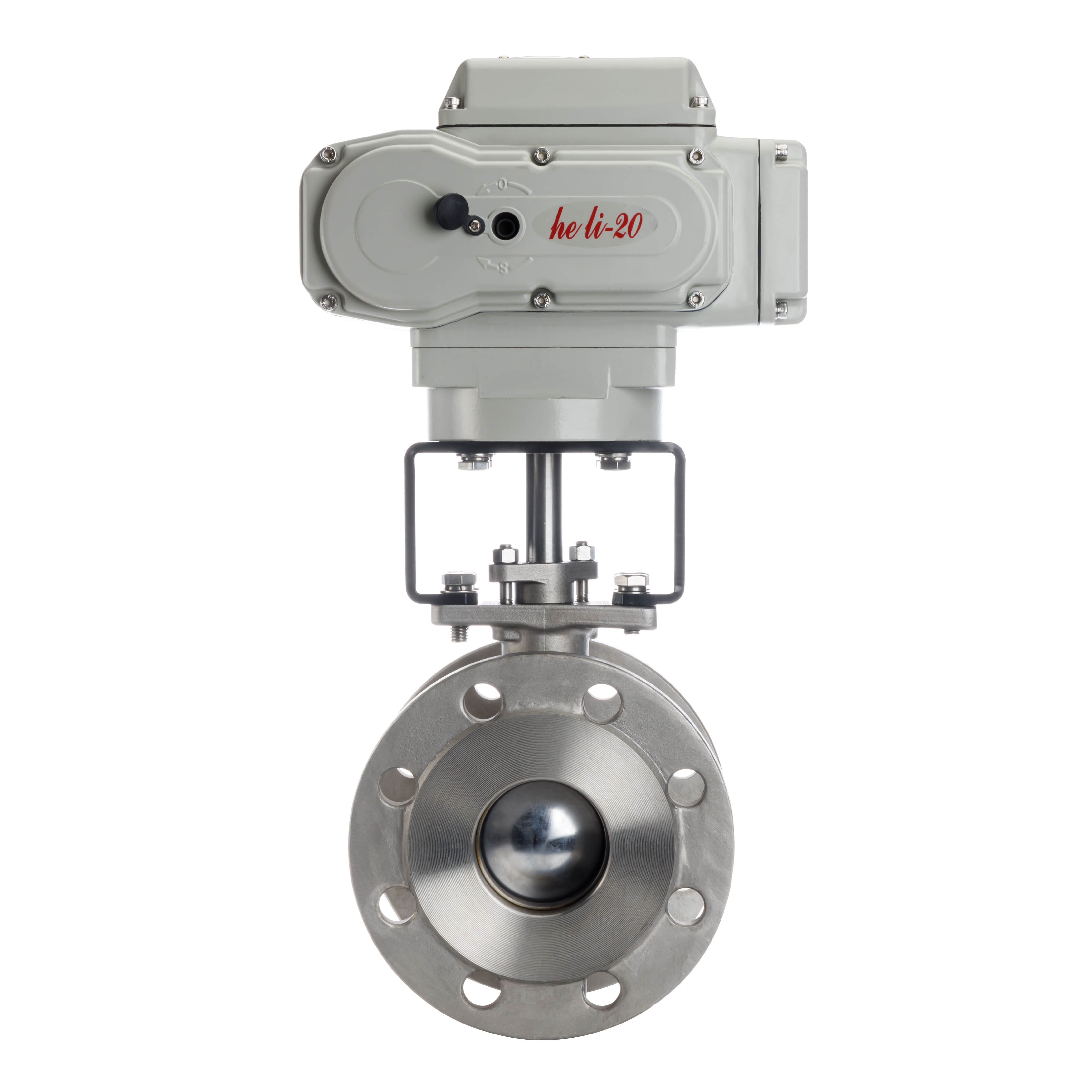understanding electric v-ball valves: a comprehensive overview
Release time:2024-10-14 13:24:50
Electric V-ball valves are becoming increasingly popular in various industrial applications due to their efficiency, precision, and reliability. These valves combine the robust design of a V-shaped ball with the control capabilities of electric actuation, making them ideal for regulating the flow of fluids in pipelines. In this article, we will explore the features, advantages, applications, and maintenance considerations of electric V-ball valves.

What is an Electric V-Ball Valve?

An electric V-ball valve consists of a ball valve with a V-shaped notch that allows for better flow control. Unlike traditional round ball valves that offer either fully open or fully closed positions, V-ball valves provide a modulating capability. This means they can adjust the flow rate more precisely by varying the position of the ball within the valve body. The electric actuator controls the valve's position, allowing for remote operation and integration with automated systems. Key Components




